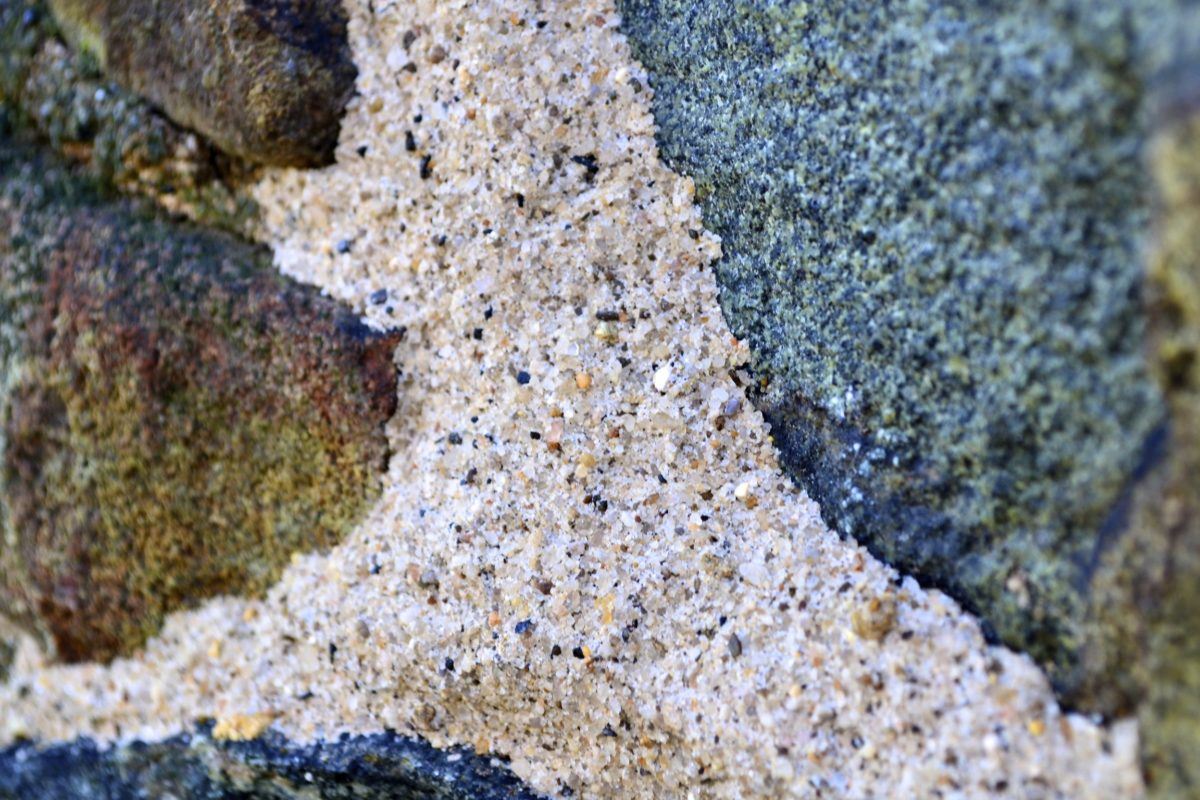Lime cement, also known as hydraulic lime, is a type of cement that has been used for centuries in various industries. It is made by heating limestone to a high temperature and then adding water to create a paste. Lime cement is known for its versatility and durability, making it a popular choice for many applications.
Construction Industry
Lime cement is commonly used in the construction industry for its ability to create strong and durable structures. It is often used as a binding agent in mortar and plaster, as well as in the production of concrete. Lime cement is also used as a stabilizer for soil, making it an ideal choice for road construction and building foundations.
Agriculture Industry
Lime cement is also used in the agriculture industry as a soil amendment. It can help to neutralize acidic soils, which can improve crop yields. Lime cement can also be used to treat animal waste, reducing the amount of harmful bacteria and odors.
Environmental Industry
Lime cement is a popular choice in the environmental industry for its ability to treat hazardous waste. It can be used to stabilize and solidify waste, making it easier to transport and dispose of safely. Lime cement can also be used to treat contaminated soil and water, helping to reduce the impact of pollution on the environment.
Art Industry
Lime cement has been used in the art industry for centuries as a binding agent for pigments. It is commonly used in fresco painting, where pigments are applied to wet lime plaster. Lime cement is also used in the production of stucco and decorative plasterwork.
In conclusion, lime cement is a versatile and durable material that has been used in various industries for centuries. Its uses range from construction and agriculture to environmental and art industries. With its ability to create strong and durable structures, neutralize acidic soils, treat hazardous waste, and bind pigments, lime cement is a valuable material that will continue to be used for many years to come.
